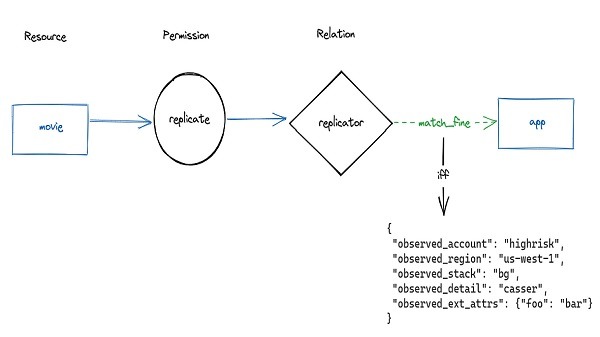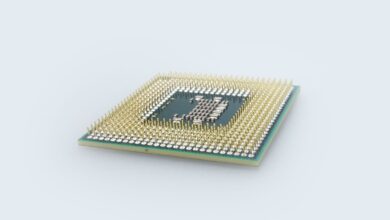
The Linux kernel provides robust and versatile functionality for various filesystems, including the Filesystem in Userspace (FUSE) module. FUSE allows users to develop custom filesystems without modifying the kernel. However, like any complex software system, FUSE may encounter issues such as deadlocks. This essay explores the challenges involved in debugging a FUSE deadlock in the Linux kernel and highlights the techniques and tools available to diagnose and resolve such issues.
Understanding FUSE and Deadlocks
The FUSE module enables users to implement filesystems in user space, providing flexibility and ease of development. However, due to its design, FUSE can face deadlock situations, where multiple threads or processes become blocked, preventing further progress. Deadlocks typically occur when two or more threads are waiting indefinitely for resources that are held by each other.
Diagnosing a FUSE Deadlock
Identifying and diagnosing a FUSE deadlock requires a systematic approach. The first step is to analyze system logs and error messages to identify potential deadlock indicators. This includes examining kernel log messages, user space error reports, and FUSE-specific debug logs. Additionally, tools like strace and FUSE-specific debugging tools can provide valuable insights into the sequence of events leading to the deadlock.
Once a potential deadlock is identified, further investigation is required. Techniques such as code inspection, static analysis, and dynamic tracing can help pinpoint the root cause. By examining the code and identifying critical sections, developers can gain a deeper understanding of the potential locking issues and race conditions that may lead to deadlocks.
Resolving a FUSE Deadlock
Resolving a FUSE deadlock involves a combination of code modifications and synchronization mechanisms. One approach is to carefully analyze the order in which locks are acquired and released in critical sections and ensure a consistent locking hierarchy is followed. This can help prevent circular dependencies and ensure proper resource allocation.
Additionally, developers can introduce locking primitives such as mutexes, semaphores, or read-write locks to manage concurrent access to shared resources. By protecting critical sections with appropriate locks, developers can ensure exclusive access to resources and prevent deadlocks.
Furthermore, testing and validation play a crucial role in resolving deadlocks. By designing comprehensive test cases that simulate various scenarios and stress test the filesystem, developers can identify and rectify potential deadlock situations before deployment.
Conclusion
Debugging a FUSE deadlock in the Linux kernel requires a systematic and thorough approach. By understanding the intricacies of FUSE and employing a combination of diagnostic tools, code inspection, and synchronization mechanisms, developers can identify and resolve deadlock issues. Furthermore, rigorous testing and validation can help ensure the stability and reliability of FUSE-based filesystems, contributing to the overall robustness of the Linux kernel.




